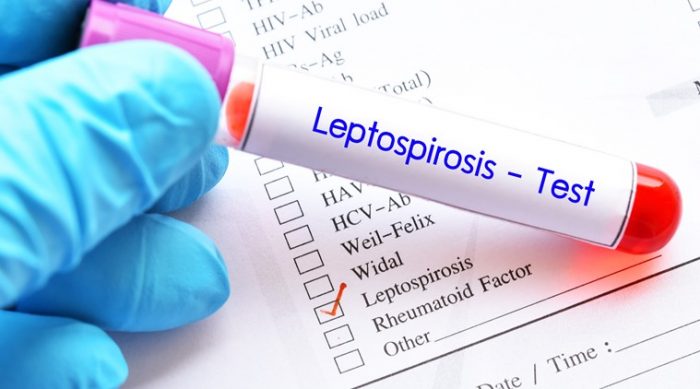Understanding causes, symptoms, treatment of leptospirosis
Leptospirosis is a bacterial disease that affects humans and animals. Bacteria of the genus Leptospira cause it. In humans, it can cause a wide range of symptoms, some of which may be mistaken for other diseases. Some infected persons, however, may have no symptoms at all.
Without treatment, Leptospirosis can lead to kidney damage, meningitis (inflammation of the membrane around the brain and spinal cord), liver failure, respiratory distress, and even death.
Infection
The bacteria that cause leptospirosis are spread through the urine of infected animals, which can get into water or soil and can survive there for weeks to months. Many different kinds of wild and domestic animals carry the bacterium.
These can include, but are not limited to: cattle, pigs, horses, dogs, rodents, and wild animals. When these animals are infected, they may have no symptoms of the disease.
Infected animals may continue to excrete the bacteria into the environment continuously or every once in a while for a few months up to several years. Humans can become infected through: contact with urine (or other body fluids, except saliva) from infected animals and contact with water, soil, or food contaminated with the urine of infected animals.
The bacteria can enter the body through skin or mucous membranes (eyes, nose, or mouth), especially if the skin is broken from a cut or scratch. Drinking contaminated water can also cause infection. Outbreaks of leptospirosis are usually caused by exposure to contaminated water, such as floodwaters. Person to person transmission is rare.
Sign and symptoms
In humans, Leptospirosis can cause a wide range of symptoms, including: high fever, headache, chills, muscle aches, vomiting, jaundice (yellow skin and eyes), red eyes, abdominal pain, diarrhea, and rash.
Many of these symptoms can be mistaken for other diseases. In addition, some infected persons may have no symptoms at all.The time between a person’s exposure to a contaminated source and becoming sick is two days to four weeks. Illness usually begins abruptly with fever and other symptoms. Leptospirosis may occur in two phases: after the first phase (with fever, chills, headache, muscle aches, vomiting, or diarrhea) the patient may recover for a time but become ill again; and if a second phase occurs, it is more severe; the person may have kidney or liver failure or meningitis.
The illness lasts from a few days to three weeks or longer. Without treatment, recovery may take several months.
Prevention
The risk of acquiring leptospirosis can be greatly reduced by not swimming or wading in water that might be contaminated with animal urine, or eliminating contact with potentially infected animals. Protective clothing or footwear should be worn by those exposed to contaminated water or soil because of their job or recreational activities.
Prevention
Leptospirosis is treated with antibiotics, such as doxycycline or penicillin, which should be given early in the course of the disease. Intravenous antibiotics may be required for persons with more severe symptoms. Persons with symptoms suggestive of leptospirosis should contact a health care provider.








